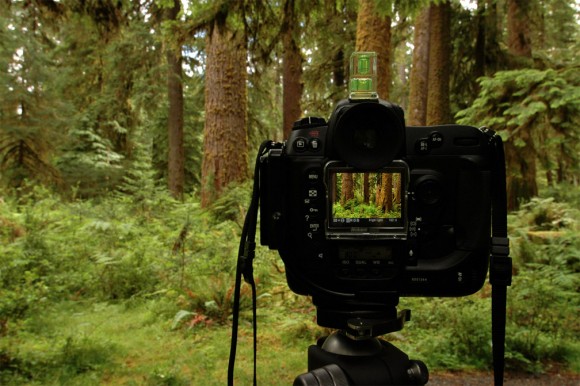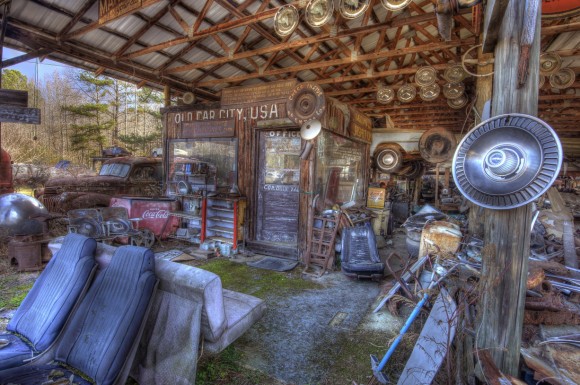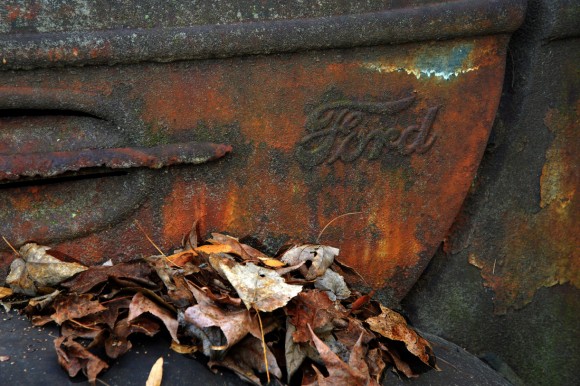System building ideas…….
I got another question over the Christmas weekend that I want to address and it requires a little more of an answer than the usual question! A person wrote and asked, “I have some money after Christmas to start to build a really good set of camera gear, any advice?”
I’d be happy to try and help, but I’m going to have to make some assumptions, which is always a chancy thing to do, but here goes:
Most photographers are what I call generalists, they photograph family, friends, they travel and make images, they often are interested in outdoor and nature work, they may do a little close-up work and may even, sometimes, photograph wildlife. Some like sports and photograph action as well. If this describes you, for the most part, you are a generalist.
To make a good variety of kinds of photographs you are going to need several things;
1. A camera body – most people find that Digital Single Lens Reflex (DSLR) type camera that takes interchangeable lenses works best. if you are very serious about your work and travel a great deal, a second camera body or high quality compact camera is very good idea, just incase you have a problem with your main camera. Which model you buy will depend on your requirements, how hard you will use the camera and under what conditions. Do you shoot a lot in very low light? Do you need a motor drive that shoots at very high rates like 9 fps (frames per second)? Answering these questions will help you figure out which will be the best main camera body for you.
2. Lenses – it doesn’t make much sense to own a DSLR and only have one lens! For most people you need lenses to do three things, work in situation where you can take in a very wide angle of vgiew (wide angle zoom). I own two a 16-35 for my FX sensor body (sensor the size of a 35 mm frame), and a 12-24 for my camera with a DX . Next I own a 24-120/24-120 and 35-70 midrange zoom lenses. On the long end I own a number of lenses but use the 70-300 AFs VR / 70-300 AFs VR the most. When carrying just three lenses (the ones in blue for FX and yellow for DX) I have a good unbroken range of focal length 16-300 for FX and 18-450 for DX (remember with DX bodies you multiply 1.5 time the lenses actual focal length so a 100mm will make images with the angle of view of a 150mm lens.)
3. Close-up lenses or devices – I own several Micro lenses (Nikon’s name for a Macro lens) the 200mm, 105mm, the 60mm, and a 85mm Micro for the DX cameras. I also use Diopters (screw in close-up filters with two elements) and automatic extension tubes. for most people, unless they are really into close-ups) you don’t need that much, a 1l05 Micro or some diopters will do fine for you.
4. Important Accessories – I wouldn’t think of going out to shoot without a good solid tripod, ball head and a cable release. Nature close-ups and studio work I use a Kirk low pod. I also have Kirk or Really Right Stuff plates on all my camera bodies and lenses that have tripod feet. I also keep a high quality polarizer on all my working lenses.
5. Compact Travel point and shoot type camera – I’m never without a P300, P7100 or similar high quality point and shoot for when I just don’t want to carry the bigger DSLR and lenses.
So what is this going to cost me?
The complete FX system described with a D700 body will run about $8,000. (this includes the tripod and filters and a Micro lens) Substitute the D700 with a D3s and raise that price by around $3,000.
The complete DX system described with a D7000 body will run around $6,500.
A number of extremely capable compact point and shoot cameras are available for form $350. to $900.
Yes we are talking about serious money, but e are also talking about very high end, long term investments and the capability of making high end professional quality images! Can you do this for less? Yes, but remember you get what you pay for!
Hope that helps,
the pilgrim
I had a good question come in after this article posted. “Can you give a photographic example of when you would use the three different lenses you described?” Sure, here goes;
All these images were made at Old Car City in White GA. Let’s say you want to shoot the interior of an old rusted car and you want to take in as much as possible, the 16-35 set at 16mm is perfect as in the image below,
Next you may want to shoot an overall scene that requires a midrange zoom, slightly wide to slightly long lens, in this case the 24-120 at about 35mm,
Lastly imagine that you saw a very interest rust pattern on a fender but you could not approach close enough to make the tight shot you wanted, the 70-300 lens at around 200mm gets you the nice ctopped shot you wanted, You might have been able to make this shot with the 120 end of the 24 to 120 zoom, but this gives you a little more working distance,
Hope that helps!
This entry was posted on Tuesday, December 27th, 2011 at 5:29 pm
You can follow any responses to this entry through the RSS 2.0 feed.






